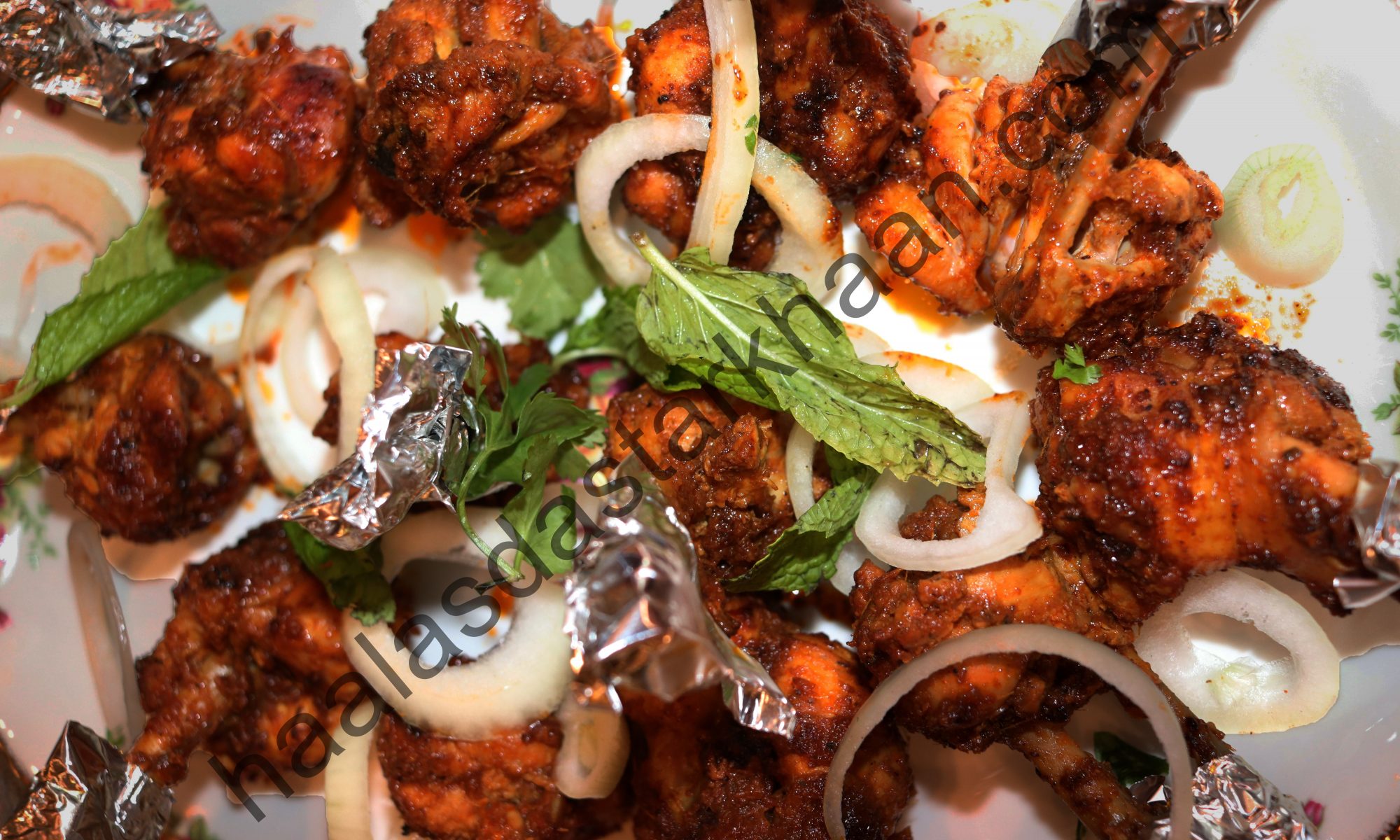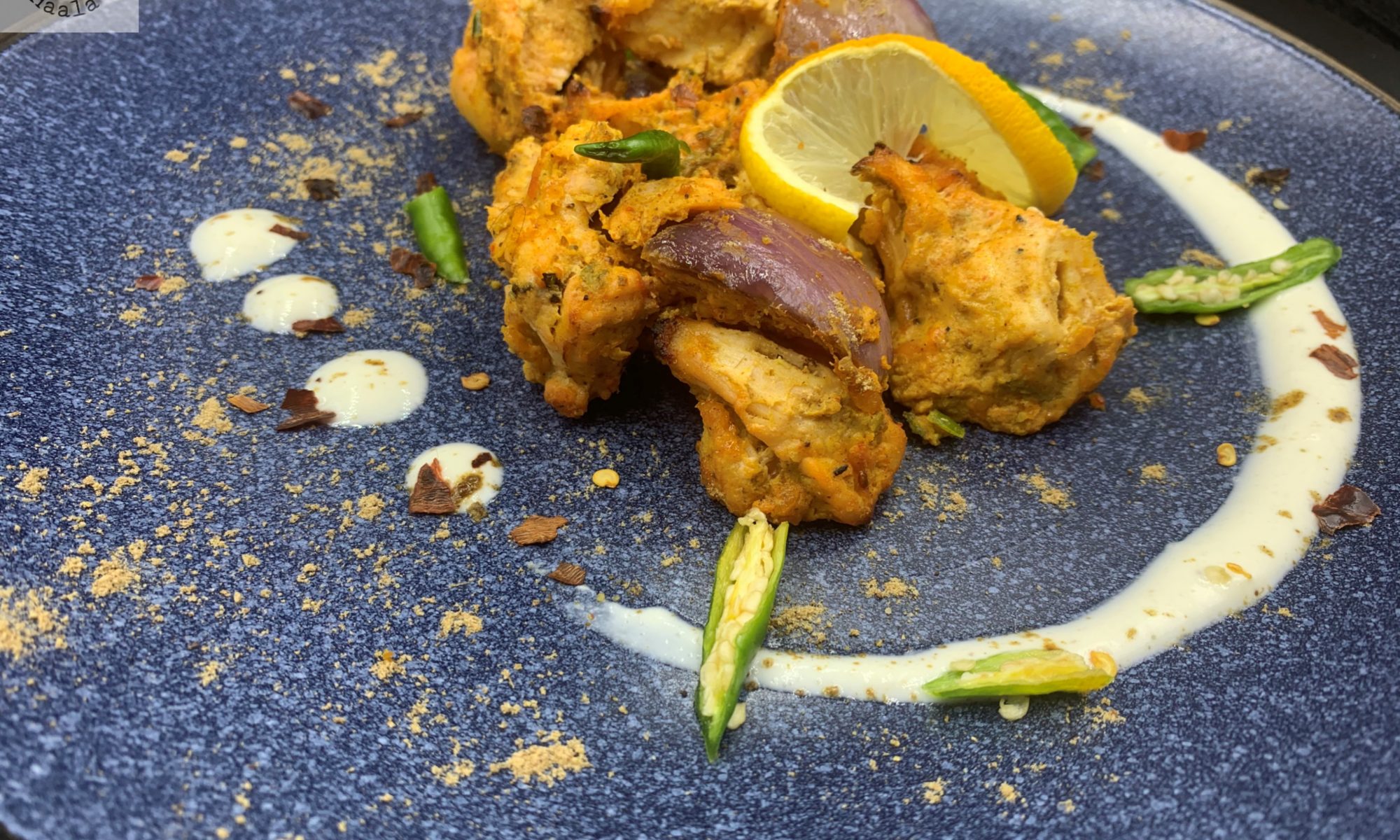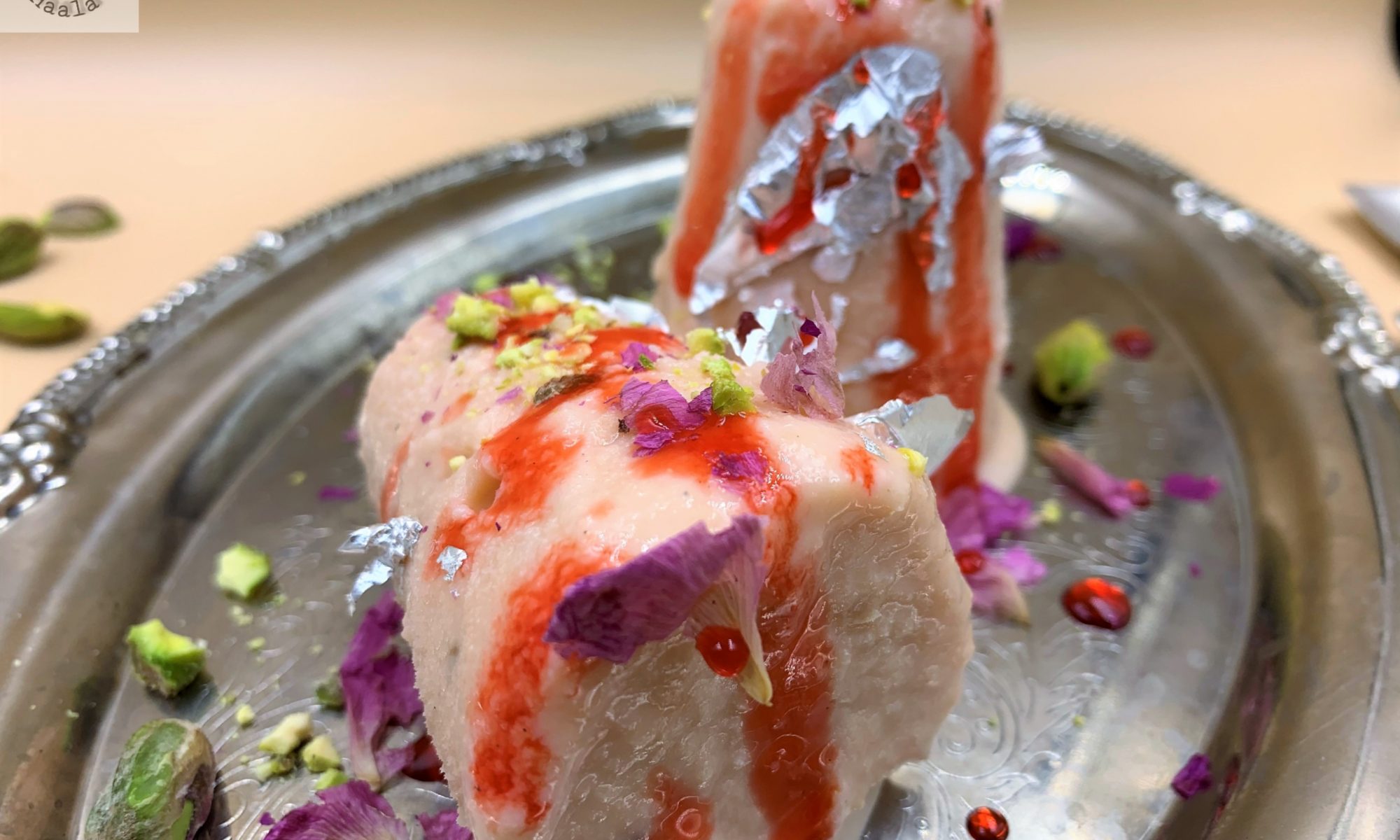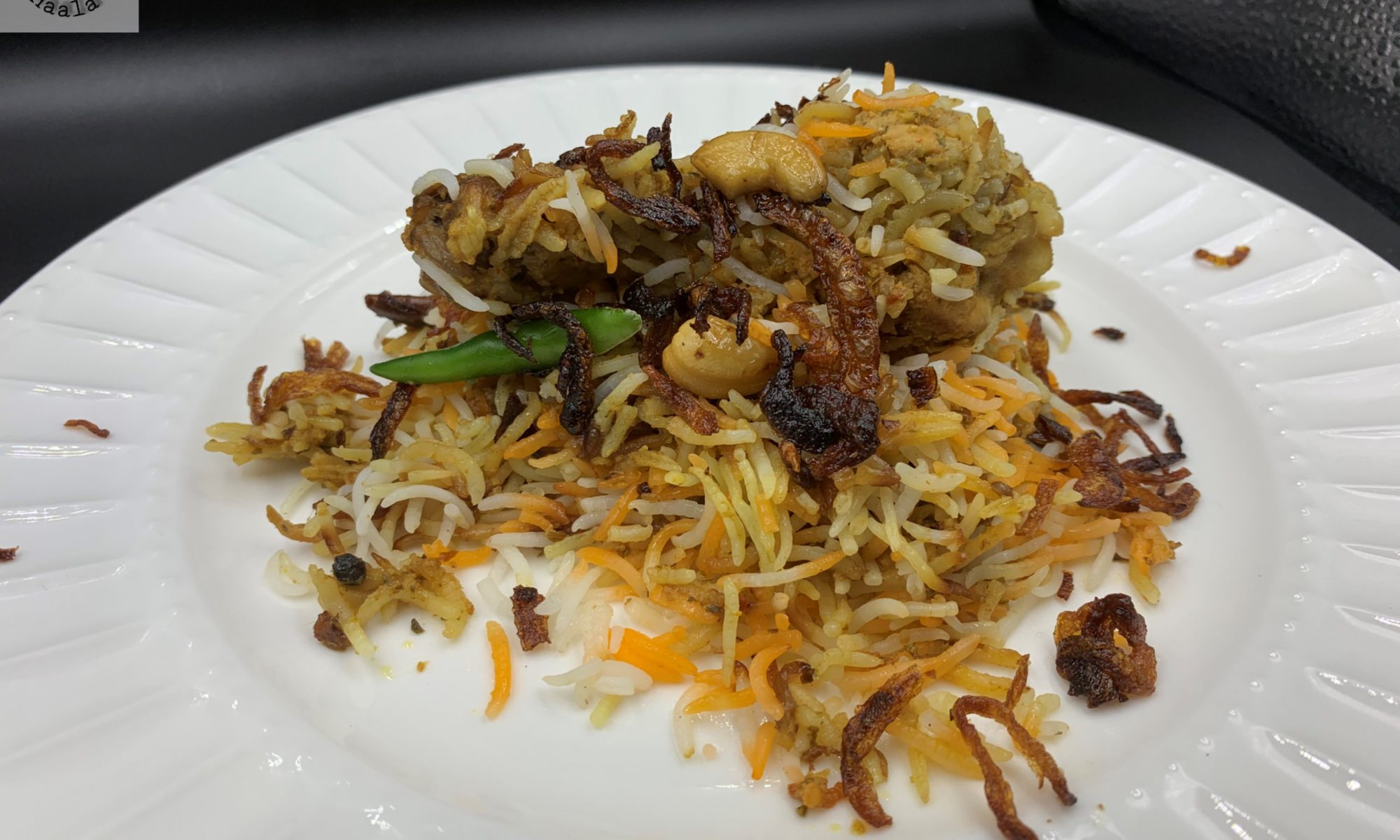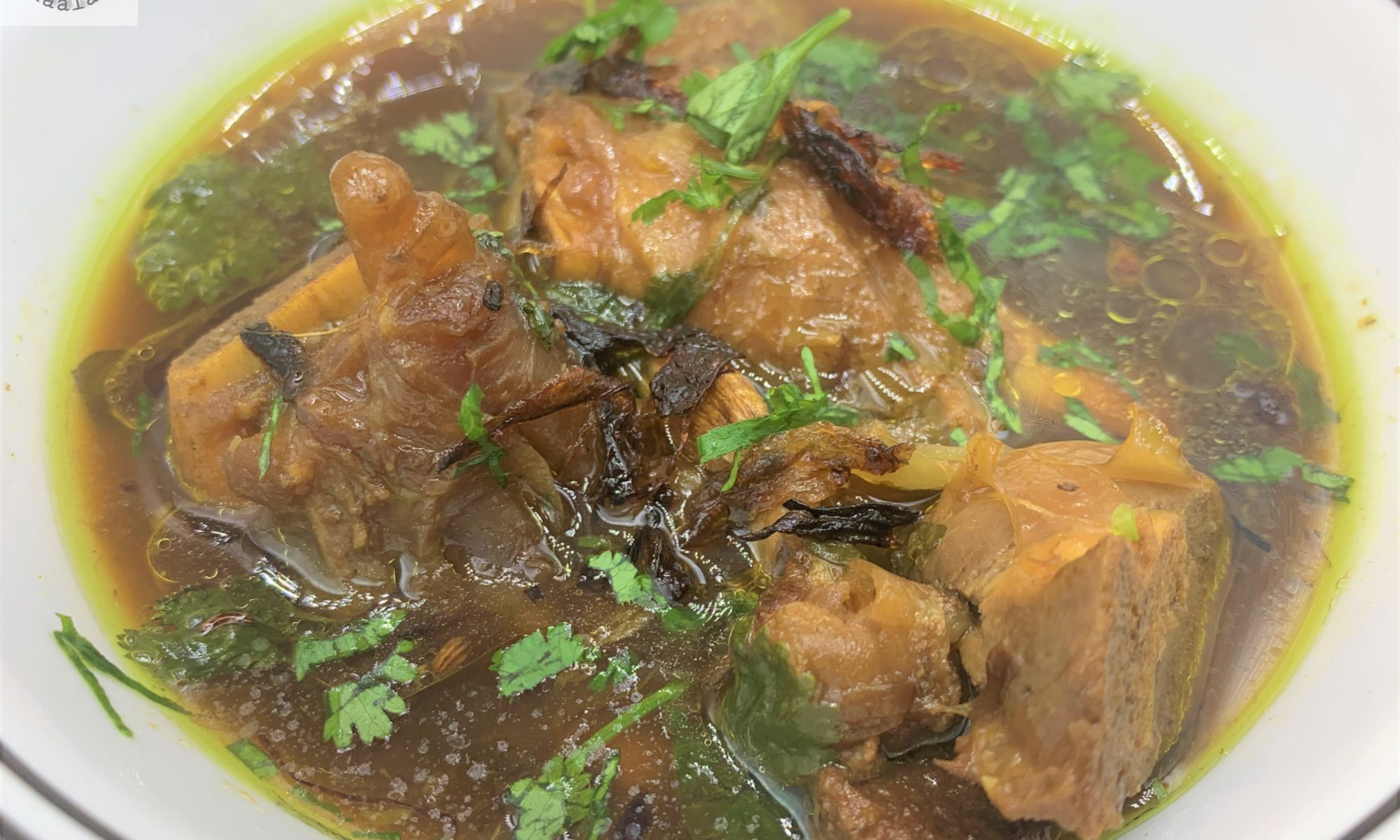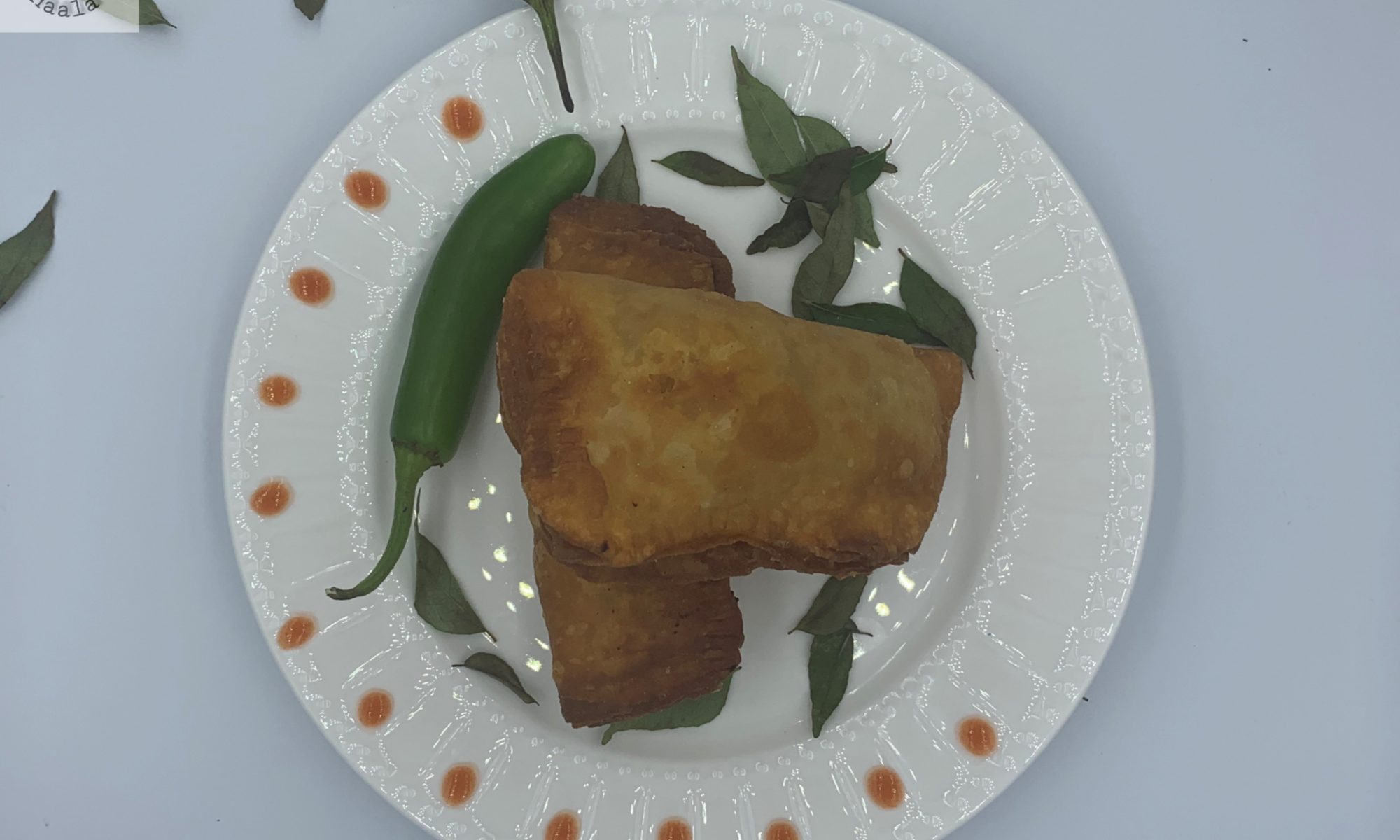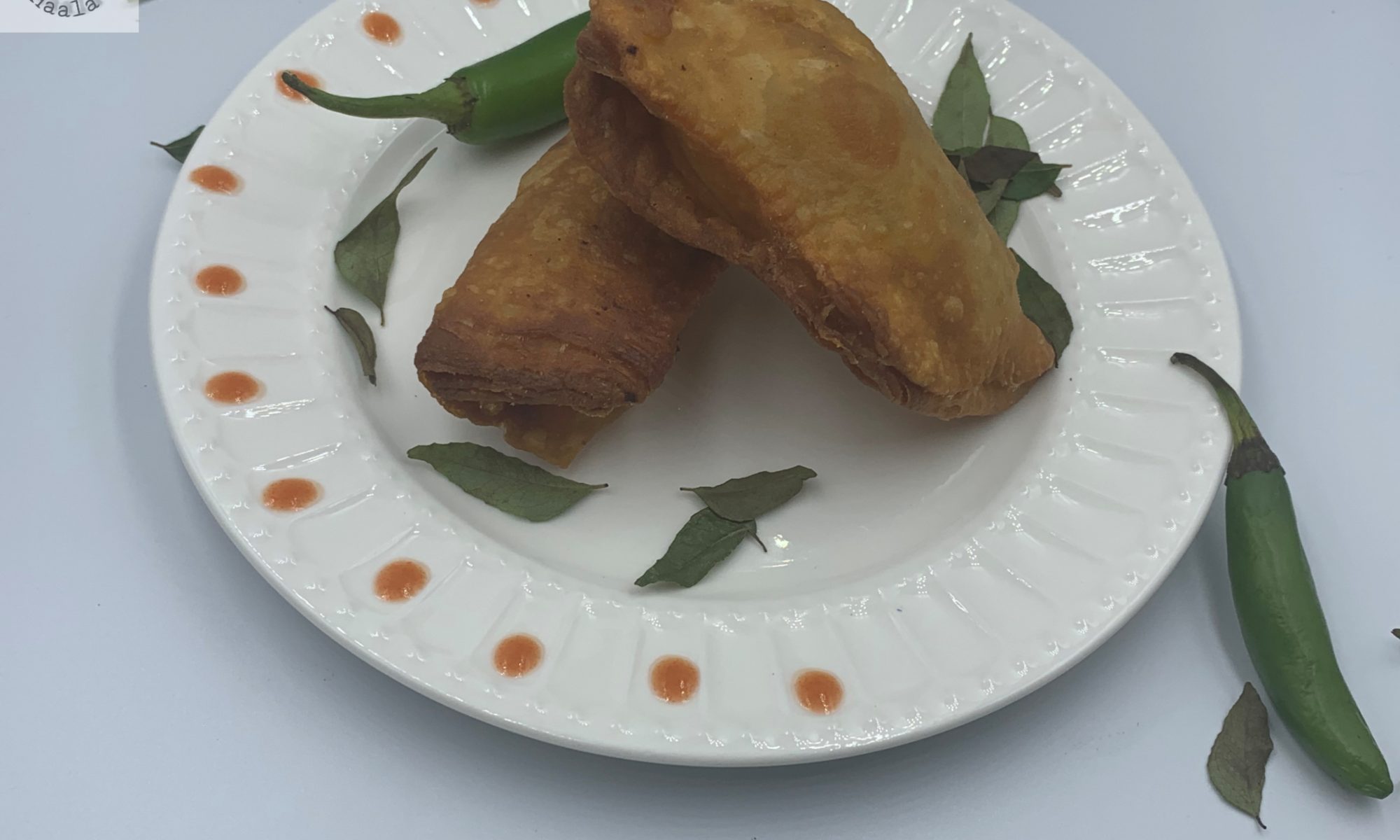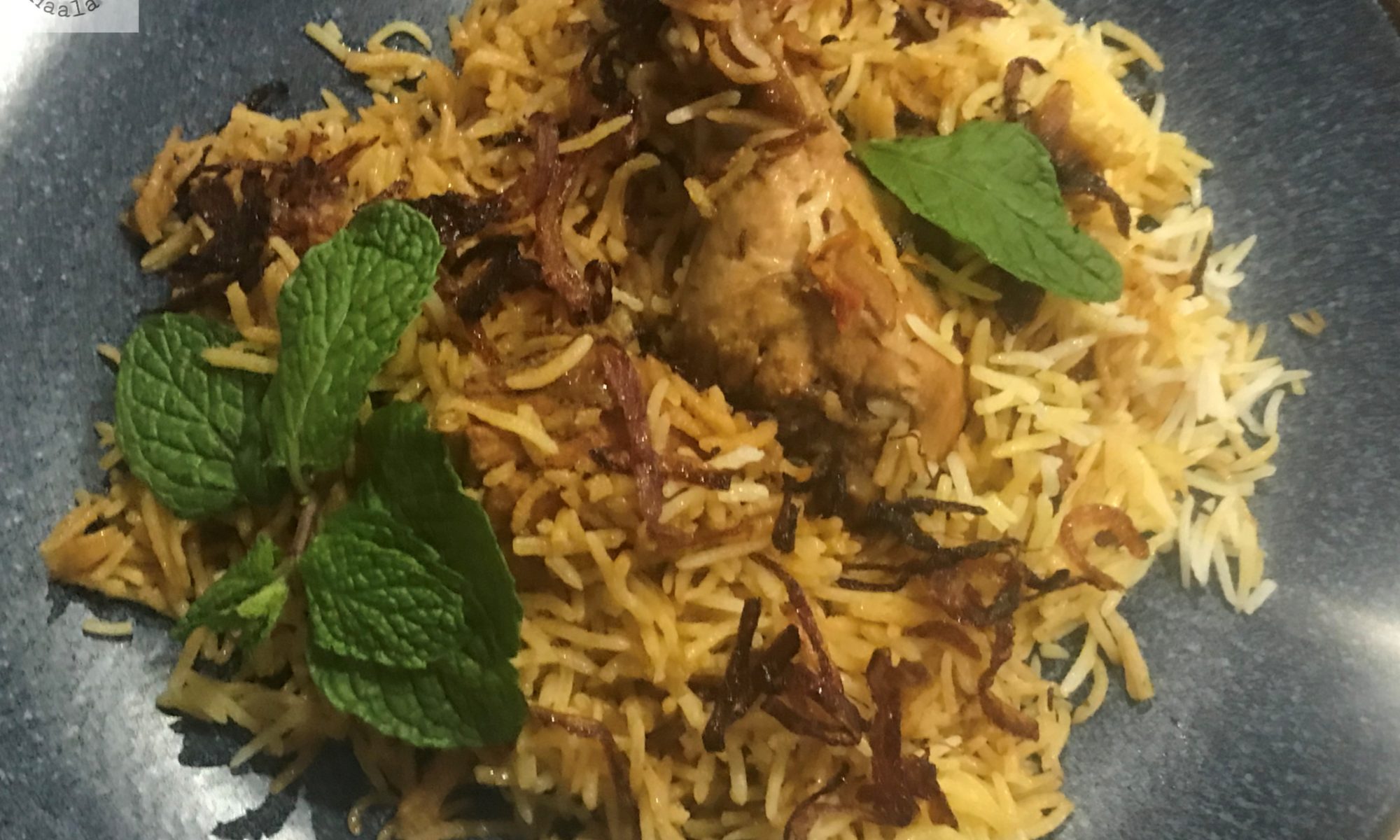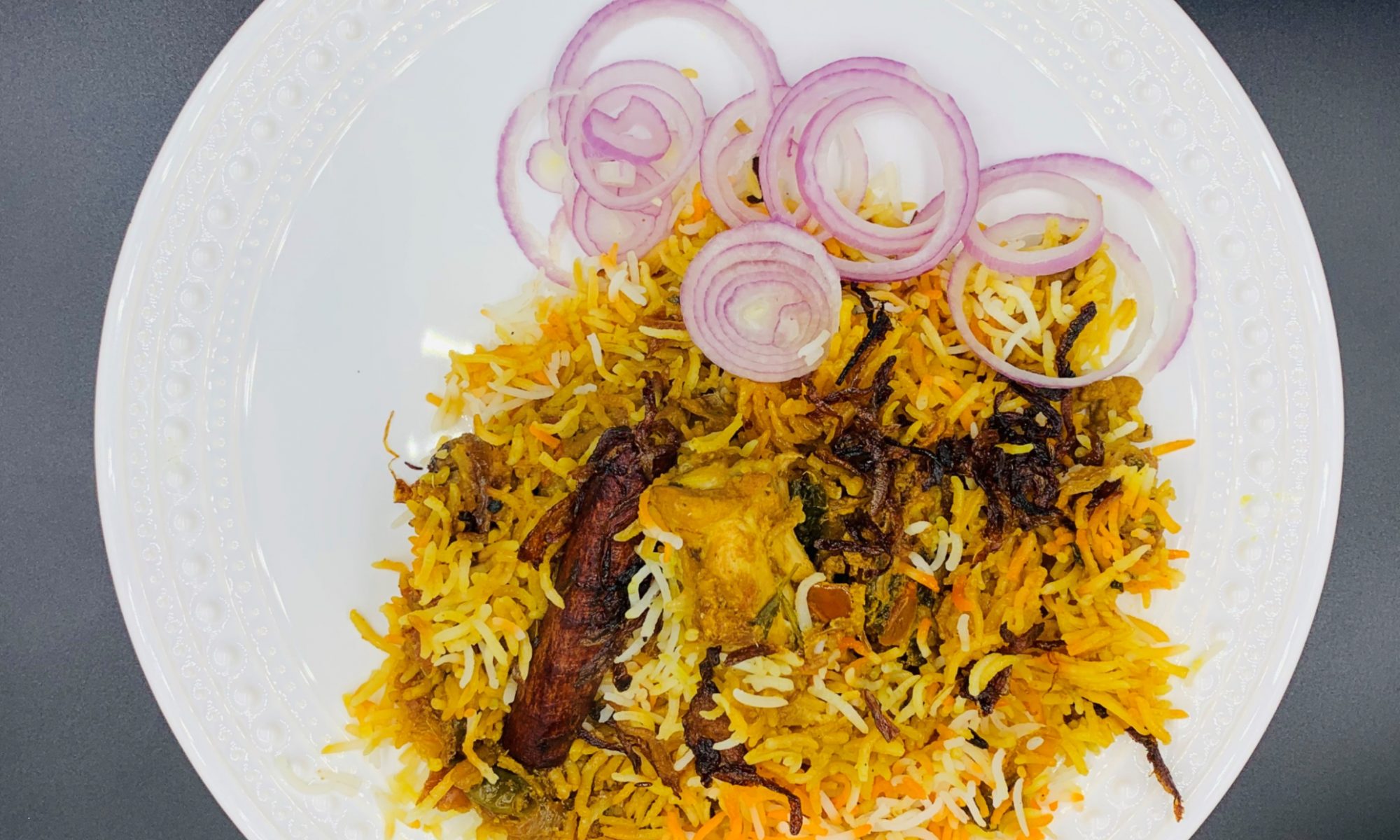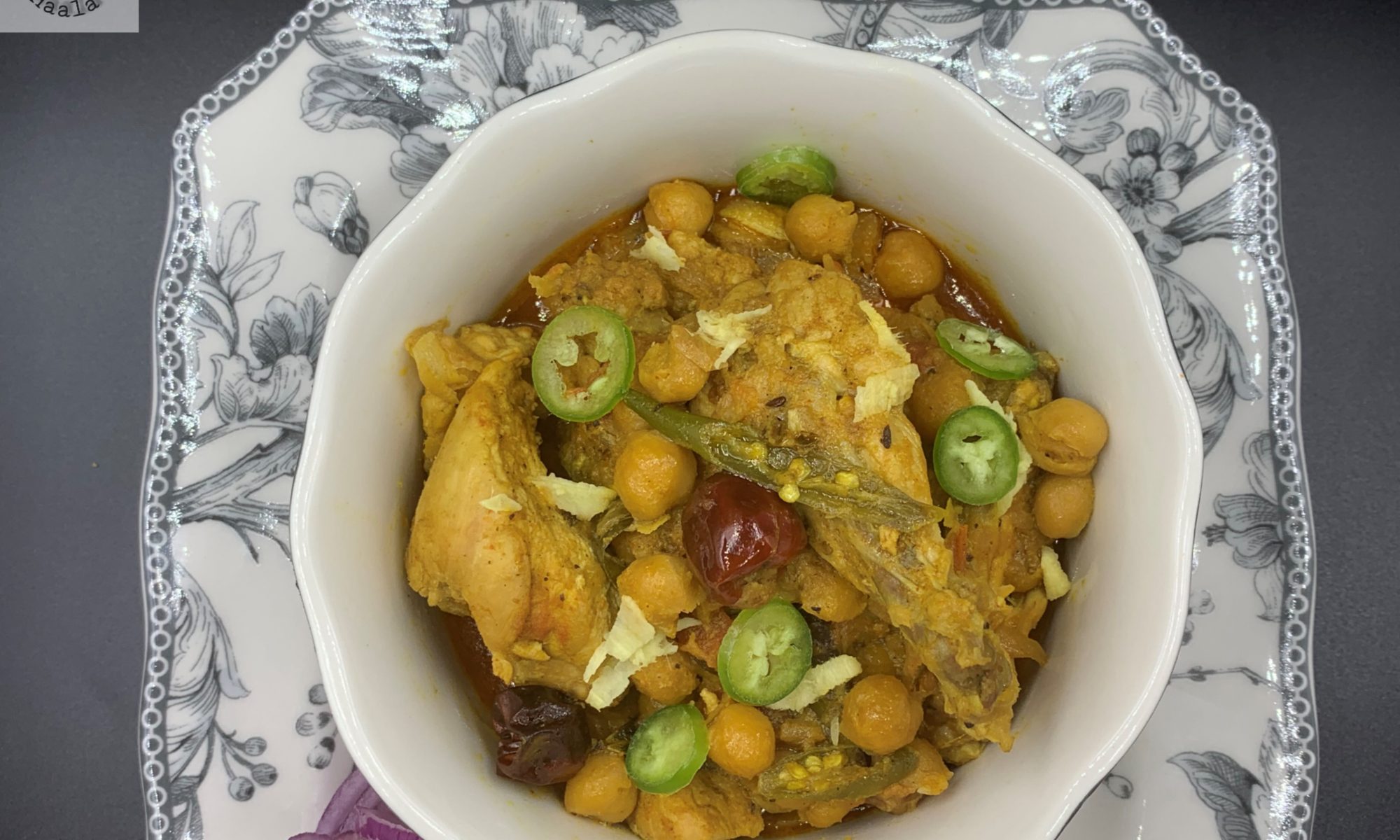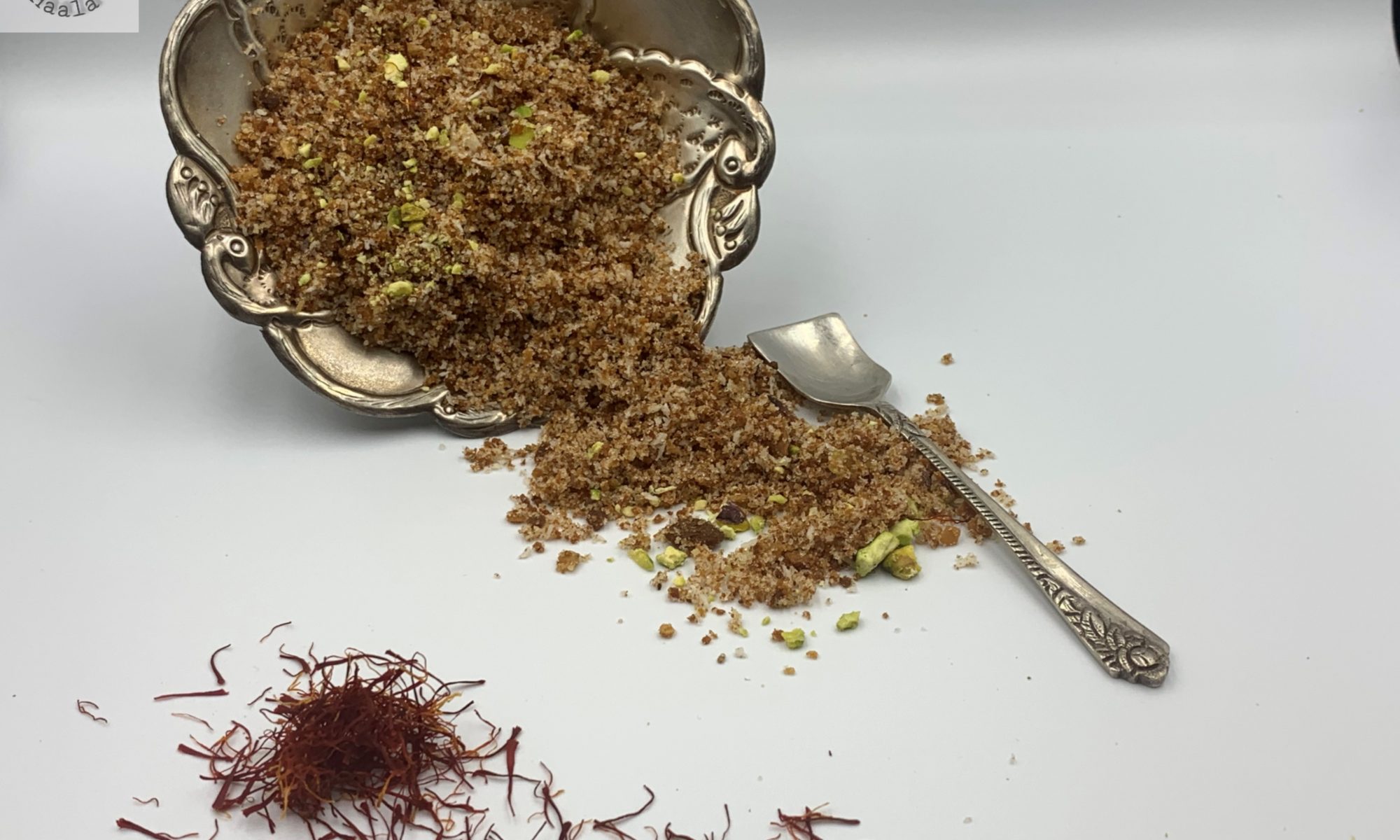These are most juiciest and softest kebabs I have ever made. Yet they are amazingly flavorful. My story for Murgh Malai Tikka is connected to my older son. My older son, who is a handsome teenager now used to have GERD as a kid. For those of us who have kids suffering from refluxes and unable to keep their food down, we know the pain. For those who have kids who are picky eaters, we know the struggle. Unfortunately, for my son, he was both a picky eater and suffered from a reflux and that continued for the first 2 years of his life. But, as they say there is always a ray of good hope and things started to get better once he turned 2.
Now once he started eating real food, his choices went more towards dishes that were spicy but considerable mild at the same time. That was when during one of our outings he tried Malai Tikka and he was so much in love that we placed another order of the dish, which of course he didn’t touch because we forgot that he was two and as much as we loved to feed our super fussy toddler, his tummy could only take so much. But, this was the time when I decided that I should start making my own Malai tikka kebabs at home.
And of course, like everything else dishes also require experiments and some times way too many. So, with this one my initial experiments weren’t that bad but they weren’t successful. The first try, I made them with Chicken breast. Although with some kebabs Chicken breast comes out dry, but honestly with this recipe make one of the most moist kebabs ever. Chicken breast is a great choice for curries and for dishes that require you to mince the chicken, but this is something tried and tested, while making Murgh Malai tikka, you can pick any Boneless Chicken Thigh and leg meat or Chicken Breast. Your kebabs will be juicy, moist and a taste to die for! The second mistake was to only rub in yogurt which didn’t make them too different from the other ones that I was already making.
Secondly the addition of different spices also was a little adventurous but finally a few experiments later I discovered that the key to a perfect Malai Tikka wasn’t just Yogurt and cream but also cheese. A little bit of shredded cheese might sound weird and you might feel that cheese is the last flavor you want to taste in you desire when you bite into your Malai Tikka, but trust me, no one ever knows. I guess its a pretty well guarded secret…LOLzzz. Well, now you know. The cheese needs to be shredded and you can only add Mozarella which isn’t too strong in taste. Adding anything like Cheddar will definitely ruin the taste.
I make these tikkas by marinating them in Yogurt, Cream, Ginger garlic paste, Shredded cheese, Black pepper, White pepper, Cumin powder, Red chili powder, Salt, Turmeric Powder, Tandoori Powder and cashew paste. Besides that I also add some fresh chopped Coriander leaves and Green chilies. I believe there is nothing that can enhance the flavor of spices more than fresh herbs. Though I make these kebabs in the oven, but they have been grilled to perfection on our outdoor grill as well by Mr. Parveez and they come out perfectly juicy and delicious. You can always cook them on the pan too. Kebabs are something that cross out all the restrictions and can be made anytime anywhere. I fail to understand recipes that only require an oven. That should never be the case. So, oven, no oven, grill, no grill…as long as you have these kebabs marinated the right way and have fire, these kebabs can be cooked in no time.
I generally do not serve them with the stick unless I make them for a kid’s party. If you are using the wooden skewers, always soak them in water for 20 minutes before adding your kebabs to it. Soaking in water doesn’t let them burn in the pan or oven while cooking.
These kebabs are very appealing and inviting and an instant hit. They melt in the mouth, while the spices give you a light kick, the cream base cools your taste buds down making these irresistible little chunks soft and juicy and delicious enough for you to lose the count of how many you relished.
